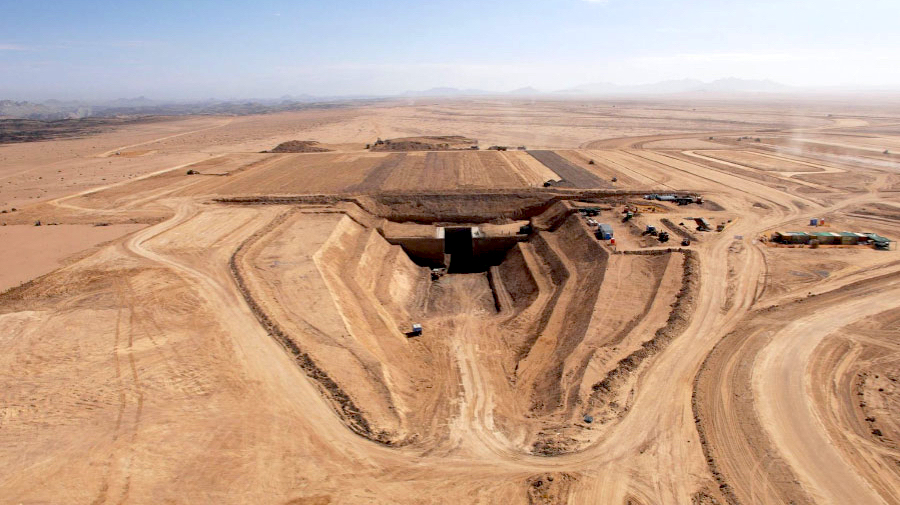
Namibia’s uranium output is expected to triple by 2017, becoming the world’s third largest producer of the commodity, as the massive Husab mine begins production next year.
According to Swakop Uranium, the company that owns the $2-billion project, the mine will produce up to 15-million pounds of uranium a year.
Namibia is the world’s sixth biggest uranium producer, behind Kazakhstan, Canada, Australia, Niger and Russia. But the new mine could help it climb to the third place.
Output will be gradually increased to reach the installed capacity of 50-million tonnes of ore a year, Swakop’s chief executive Zheng Keping told The Namibian.
According to the country’s central bank, production of uranium will increase 63% this year and 90% in 2017, consolidating Namibia as one of the top producers of the commodity.
Currently, the African nation is the world’s sixth biggest uranium miner, behind Kazakhstan, Canada, Australia, Niger and Russia.
Cameco Corp (TSX:CCO), Canada’s biggest uranium producer, has been signalled in the past as potential buyer for offtake output from the Husab mine, which is considered the third largest uranium-only deposit in the world, with measured and indicated reserves of about 140,000 tonnes.
Uranium mineralization was first discovered in the Namibia’s Rössing Mountains, Namib Desert, in 1928 by Capt. G. Peter Louw. Uranium exploration official started in 1960s with Rio Tinto obtaining exploration rights for the Rössing deposit in 1966. It started production in 1976.
The Rössing mine is currently Namibia’s longest running and one of the world’s largest open pit uranium mines.